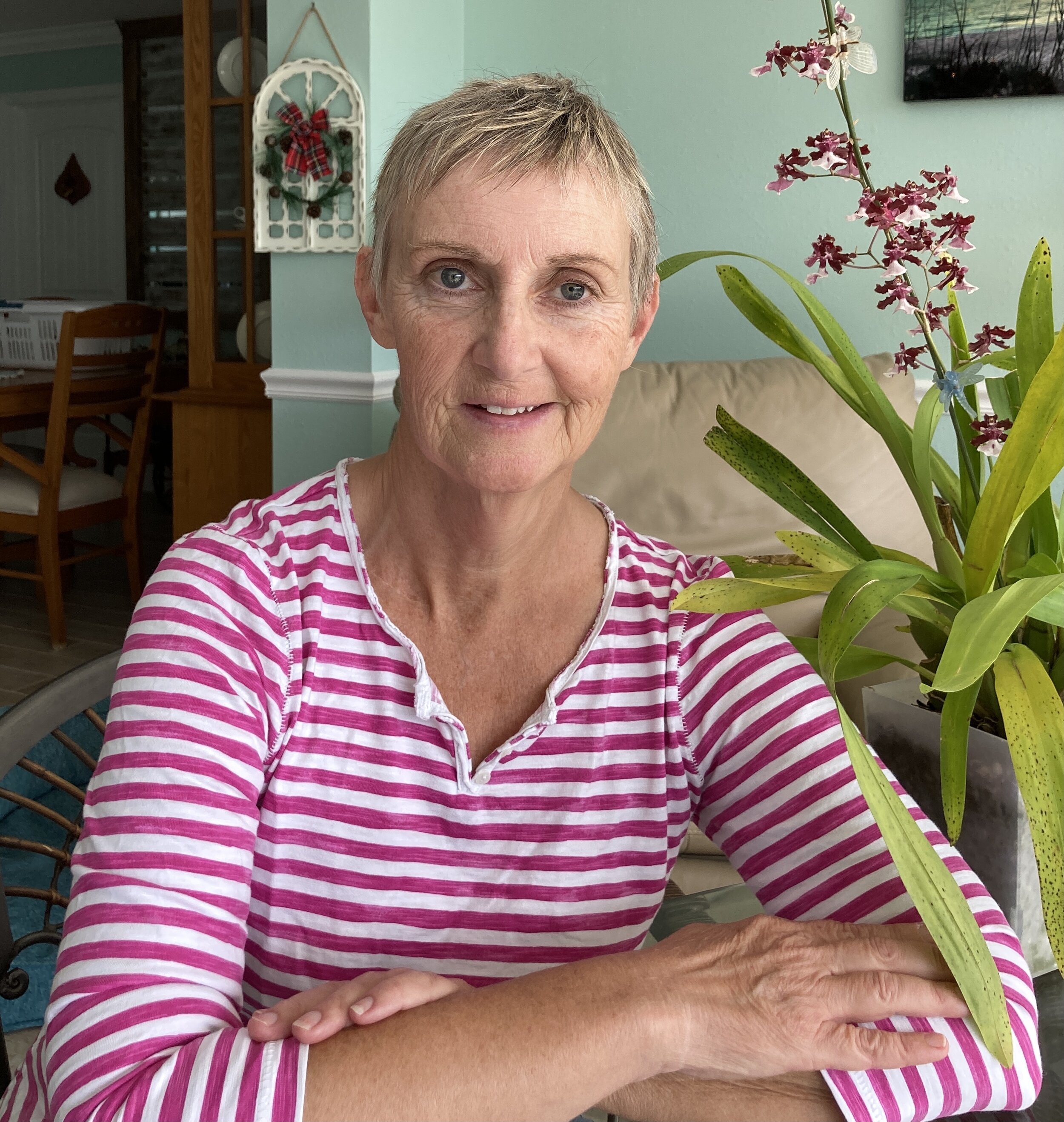Western society does everything possible to convince us we can live forever. But death is inevitable. We all age and die. No one is exempt. How can we approach this stage of our lives with acceptance, wisdom, appreciation, and even joy? As a physician, I was not afraid of dying, but as I aged, I was unprepared for the suffering before I died – loss of hearing, chronic pain, a knee replacement, and more. Aging as a Spiritual Practice – A Contemplative Guide to Growing Older and Wiser profoundly impacted my approach to aging.
Buddhist priest and meditation teacher Lewis Richmond offers “an inner road map that reimagines aging not as a time of decline, but as a time of fulfillment that can, in spite of occasional indignities, be something to enjoy.”
Beginning with “Lightening Strikes” – the moment we awaken to the fact of our aging (mine was needing hearing aids), Richmond uses individual stories, including his own experience of encephalitis to present topics such as Chapter Four -"I Like Growing Old,"- in which his friend Stephanie says, “Let me tell you how getting older is for me. I’m fifty-three and I love being the age I am! I’m doing a job I really like, I can wear what I want, and I don’t have to worry what people think! I’m grateful for the life I have now.”
In Chapter 5 - “I Don’t Like Growing Old,” some of the comments were: “I have less energy, physical, sexual, and emotional.” “People I know are getting sick and dying.” “I’m stuck with what I’ve got.”
Lewis Richmond is the author of five books: the national bestseller Work as a Spiritual Practice; the award-winning Healing Lazarus (a memoir of his experience with and recovery from a rare neurological disease); and most recently, the highly praised A Whole Life’s Work, a sequel and companion to his first book, and the award-winning Aging as a Spiritual Practice.
Richmond's writing is conversational, as when he writes, “Reframing” is a bit more difficult to define, but basically it means to shift your attitude about a situation from pessimistic to optimistic—in other words, the power of positive thinking. It really works!” He is a master storyteller. I could see the similarities between myself and the people he encountered. A feeling of compassion and understanding underlies his interactions with them.
Richmond explores what medicine and science know about healthy aging – and why women are more skilled at it. “Realistically, because they go through menopause. When it comes to realizing they’re aging,” one doctor said, “women drop off a cliff, so to speak, while men the same age either ignore the signs or notice them a lot more gradually.” “Another gender difference is that women tend to use humor more in dealing with aging, while men—once they get past their denial—prefer serious data and hard facts. Women form support groups around their emerging interests—a book group, a gardening group, a hiking or bird-watching group—that can also serve as a forum in which to discuss age-related issues and problems, physical and otherwise.”
The chapter with the most significant impact on me was "Conquering the Five Fears." Presenting Fear of Death, Fear of Illness, Fear of Losing One’s Mind, Fear of Loss of Livelihood, and Fear of Public Speaking. Yes, public speaking! He says, “These five fears are called “great” because each of them can cause panic and trigger the autonomic nervous system. The prospect of death, illness, losing one’s mind, losing one’s livelihood—and yes, even speaking in front of a crowd—can cause panic.” He presents some strategies for approaching these fears.
At the end of each chapter, Richmond invites the reader to try various contemplations related to the material. For example, identifying our emotions related to aging or taking a gratitude walk. Many include visualizations, a powerful tool, or guided explorations of thoughts and emotions.
Richmond touches very lightly on his Buddhist practice. The reader is not asked to believe anything, but see an offering of something to try as we live at this stage of constant change. He says, “To practice ahimsa (non-harming) is to follow Buddhist values, whether you call yourself a Buddhist or not. Meditation grows out of the ahimsa spirit and is a central expression of it. The application of Buddhist meditation to aging, as we are pursuing in this book, is another application of the ahimsa spirit. Our increasingly fragile and infirm bodies and minds are sacred and worthy of the greatest kindness and care. To respect our aging at every stage is the greatest kindness we can offer to ourselves and those we love.”
I use this brief meditation from the chapter “What Buddhism Teaches” daily: “As I grow older, may I be kind to myself; As I grow older, may I accept joy and sorrow; As I grow older, may I be happy and at peace.”
In the final section, Richmond offers "A Day Away." This daytime self-retreat is presented with straightforward hourly instructions for a journey of self-discovery. He concludes the book by saying,“Hold on to the underlying principle of all we have learned here: to remain aware and awake, regardless of what is going on. Many of our strengths and faculties decline as we age, but our ability to pay attention can be practiced through the contemplations in these pages, and can persevere and even grow. As the Buddha said so long ago, “Don’t believe it because you have read it or because I say it. Believe only because you have tried it and found out for yourself that it is true.”
This is a book to read slowly and savor. Repeated investigations of the contemplations reveal new insights and bring comfort to the aging process.
It happens. There is nothing to fear here. - Maureen Hirthler
Maureen Hirthler is the Managing Editor of the Intima. She holds an M.F.A. in Creative Writing from UMKC and studies Buddhism.



